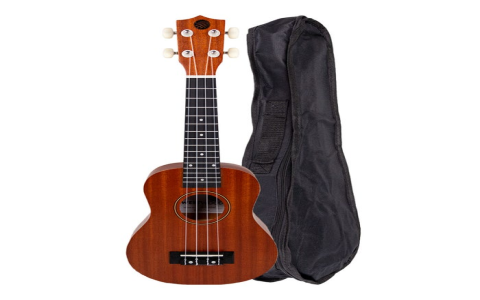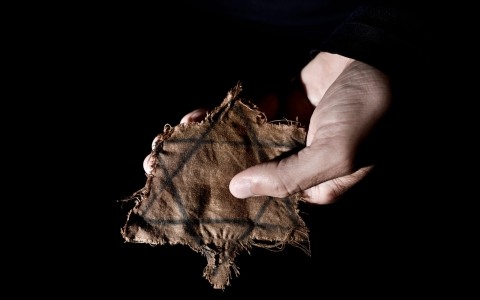If you are interested in the ukulele, the story behind it is definitely worth your time as well.Many people think that the ukulele is the representative instrument of Hawaiian music, but in fact its story is much more complicated and interesting than we think.Today we’re going to talk about [the history of the ukulele] and help you make sense of this musical path from Europe to the Pacific Islands to global popularity in five easy steps.
Step 1: Don’t Rush Your Search, Find a Reliable Starting Point First
When I first started, like most people, I opened the search engine and typed in “ukulele history”.The result?A whole lot of information came to me, some said it came from Portugal, some said it originated in Hawaii, and some mentioned some strange names, such as “Madeira”, “King Karakawa”, see I was confused.
Later I realized that if you want to really understand the history of something, you can’t just start looking it up.You need to find a reliable starting point, such as authoritative websites or specialized music databases.For example, a major music museum website in the US has a special section on the ukulele, which is detailed and easy to understand, and gave me my first clear understanding of this history.
So the first advice is: Don’t rush your search, find a source of information you can trust first.This will save a lot of time and effort.

Step 2: Trace the origin – where did the ukulele really come from?
When it comes to origins, the ukulele actually has its roots in Portugal, not Hawaii as everyone thinks.In the late 1800’s, a group of Portuguese immigrants arrived in the Hawaiian Islands with small guitars from their homeland.These small guitars were known as “braguinha” or “cavaquinho” and were a common folk instrument in Portugal.
These immigrants included several highly skilled craftsmen, such as Augusto Dias and Manuel Nunez.After settling in Hawaii, they began making these small guitars based on local materials and needs, and gradually developed the ukulele we are now familiar with.
Here’s the key to this step:** The ukulele, though popular in Hawaii, actually has its ancestry in small Portuguese guitars**.
Step 3: See how it became a “flea”!
Did you know?The word “ukulele” means “flea” in Hawaiian.Why is it called that?One theory is that when you play the ukulele, your fingers move so fast that it looks like a flea is dancing.
The name change actually reflects how the ukulele was embraced by the Hawaiian culture.Early Hawaiians not only loved the sound of the instrument, but also incorporated it into their musical traditions.Over time, the ukulele grew to become one of the symbols of Hawaiian culture.
At this stage, it is important to remember that the ukulele is more than just a musical instrument, it carries the cultural identity of the Hawaiian people.
Step 4: Tracking how it went global
As we enter the 20th century, the ukulele reaches its golden age.In particular, the ukulele made its debut on U.S. soil at the 1915 Panama-Pacific World’s Fair in San Francisco, where it was an immediate sensation.From then on, it quickly became popular in the U.S., and at one point even became one of the most popular instruments at house parties.
However, like many popular things, the ukulele had its downturn.After World War II, with the rise of the electric guitar, the ukulele lost some of its popularity.But in the last decade or so, it has made a comeback.Especially on platforms such as YouTube, more and more young people are learning the ukulele, and even a number of pop stars have started to use it in their work.
The point of this stage is:** The ukulele has gone through a process from popularity to coldness to revival, and its trajectory is like a mini version of music history**.
Step 5: Recognize a few key people and brands
To understand a piece of history, in addition to looking at the timeline, you also need to know the key people and brands that drove its development.For the ukulele, there are a few names of particular interest:
Portuguese artisans: without the original instruments they brought to Hawaii, there would be no ukulele later.
King Kalakaua: He was a very important monarch in the history of Hawaii and was also very fond of the ukulele.With his support, the instrument gained wider recognition.
Famous players and brands: such as Kamaka and Martin, which are still leaders in ukulele manufacturing today.Their products have influenced generations of musicians and have shaped the sound and design of the modern ukulele.
By getting to know these people and brands, you’ll realize that:** The development of the ukulele is not an accident, but the result of the combined efforts of generations of music-loving people**.
To summarize: the history of the ukulele is not a straight line, but a journey
Looking back, I thought that “five steps to a quick history of the ukulele” would be a simple task.But in fact, the quest was much more complicated than I expected.It took patience, curiosity, and a little time.
But the good news is that by following these steps, you too can figure out the history of this interesting music step by step.It may not be “quick”, but it’s certainly “worth it”.
If you want to learn more about the ukulele, start with its history.You’ll be surprised to find out how many fascinating stories you can discover about a small ukulele.




